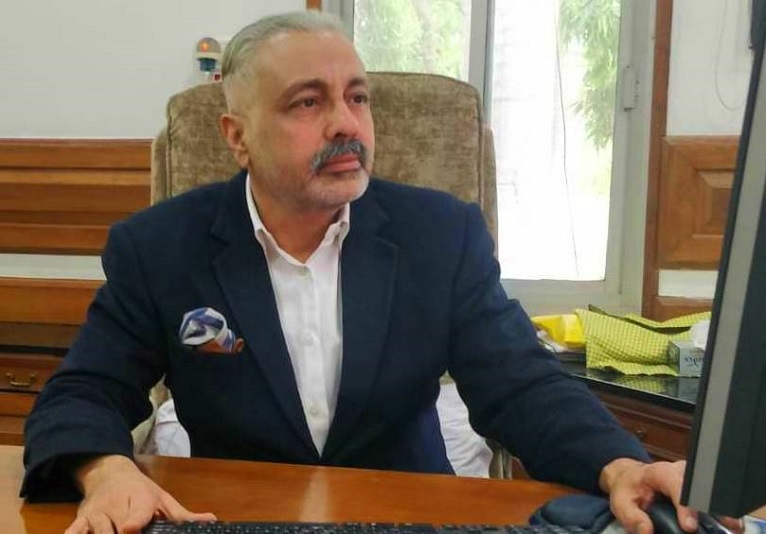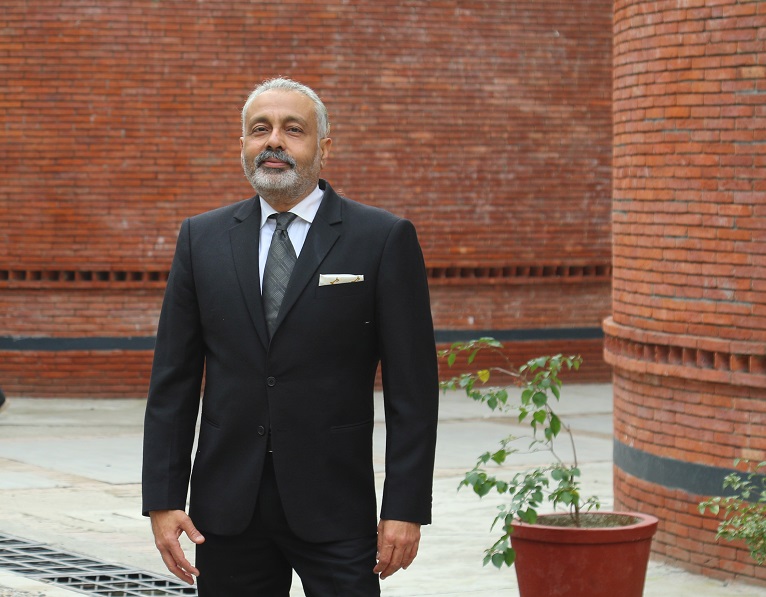Digital literacy in Rural India: A Bridge to New Opportunities
Education is heavily reliant on government-run/aided schools and non-governmental organizations for the vast majority of the rural population. However, rural areas continue to face a number of challenges that have a direct impact on the country’s literacy rate.
To begin with, low incomes cause education to take a back seat. Parents frequently regard education as a cost rather than an investment. They would prefer that their children work and earn money. When it comes to higher education, the lack of good institutes nearby forces students to consider moving to cities, which increases their expenses. As a result, enrollment rates are low and dropout rates are high.
In a recent conversation with Anoop Bishnoi, Chairman of The Doon School, Dehradun, he shared his opinions about this and stressed on why rural education in India needs a comprehensive digital boost. He said, “The problem with rural education is that children have rarely seen adults who studied hard and succeeded, due to which they lack motivation and direction. We need to change that. Children’s interest in newer content must be piqued on a regular basis. To do so, we must address current teaching-related issues such as outdated teaching methods, a shortage of qualified teachers, a highly disproportionate student-teacher ratio, and inadequate teaching materials, all of which have an impact on educational quality.
Teachers and students alike are still lagging in terms of digital literacy in classrooms. The challenge here is to train them to become comfortable with Smart Classrooms and Digital Learning facilities, which is complicated by a lack of equal distribution of digital tools. Due to the scarcity of technologically advanced devices such as personal computers and mobile phones, available digital content does not reach a large population.
Solid steps, if not immediate giant leaps, must be taken so that rural India can use digital tools and become self-sufficient. Migration, lack of connectivity, and resource scarcity have to be addressed head-on by allocating adequate resources to equip villages with the infrastructure required for rapid digitization.”
“Education is what remains after one has forgotten what one has learned in school.” While Einstein’s words may have been intended in jest, they perfectly reflect the fact that effective education is, in fact, constant and ever-changing. The Internet and its offerings can truly contribute to a better future by enabling easy and affordable access to academic content available across the country.




Comments
Post a Comment